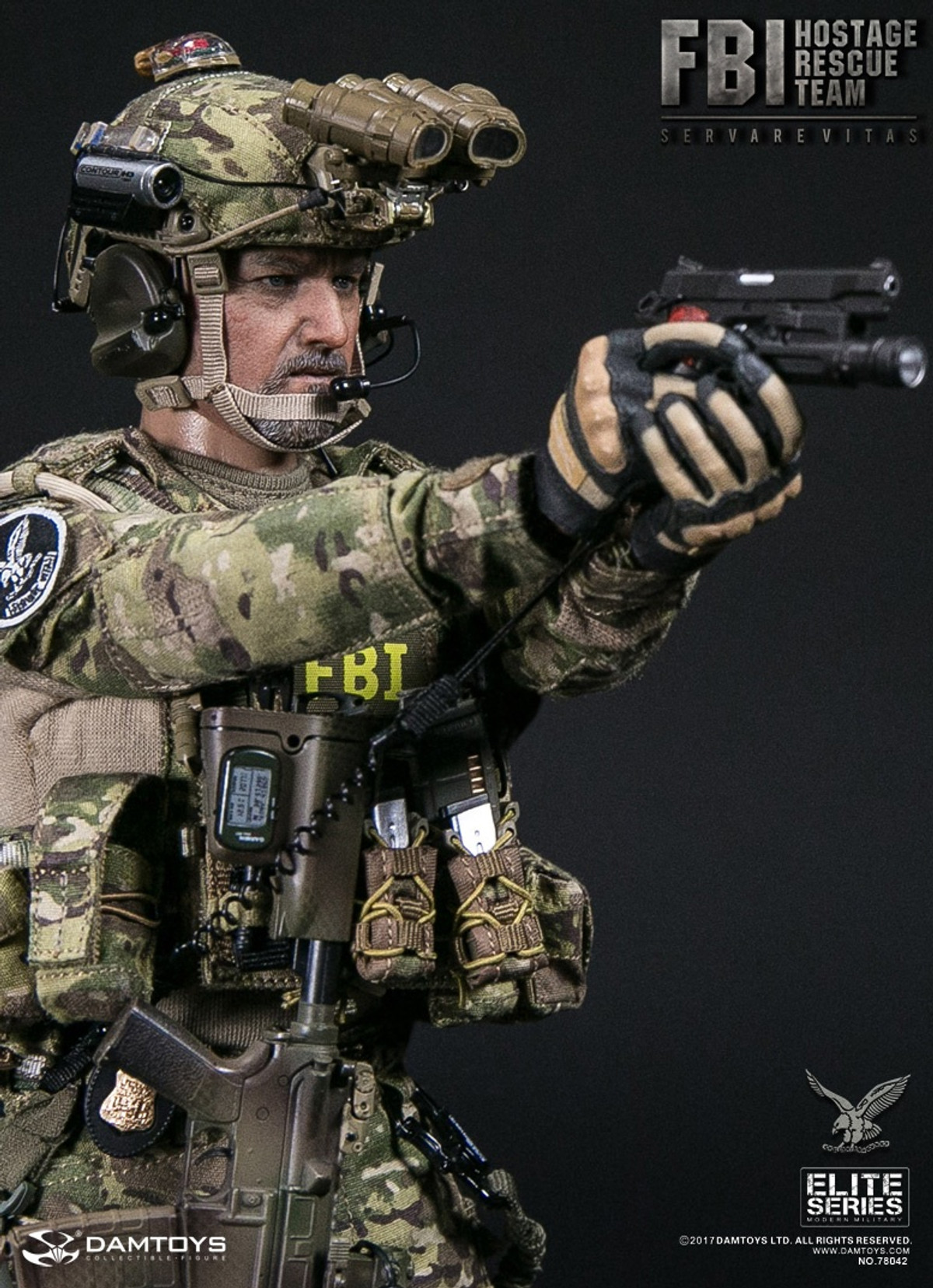


Not all SWAT raids are no-knock raids police are supposed to jump through an extra set of legal hoops before they can raid someone's house without knocking. They found that 80 percent of the time, SWAT teams were deployed to execute a search warrant - instead of crises such as hostage situations or active shooters. The ACLU analyzed 818 records of SWAT exercises from police departments around the country in 20. Most SWAT teams spend their time carrying out home raids. Most swat teams spend their time carrying out home raids (For more on the history behind SWAT teams and no-knock raids, check out Radley Balko's definitive book on the subject, Rise of the Warrior Cop. This has happened at the same time that SWAT teams have proliferated around the country.
Philly fbi hostage rescue team series#
Since then, though, a series of court decisions and state laws have carved out a set of circumstances that make it legal for police to raid a house without announcing their presence beforehand. In the early 1970s, the federal government made it legal for federal law enforcement agents to conduct no-knock raids - but the law was so widely abused that it was repealed a few years later. Even a search warrant doesn't give police the right to enter your home by force - they're supposed to knock, announce themselves, and give you a chance to open the door.īut as the war on drugs ramped up in the 1970s and 1980s, police argued that criminals and drug dealers were too dangerous to be granted the typical courtesy of knocking first. The Fourth Amendment protects citizens from "unreasonable search," meaning police can't bust into your home whenever they feel like it - they need a warrant, granted by a judge. (Hyoung Chang/Denver Post via Getty) How did no-knock raids become a thing? Here's what you need to know about why no-knock raids happen, why police think they're necessary, and what happens when things go wrong.Ī SWAT team enters a Denver house after using explosives to bust down the door. By the numbers, it's clear that no-knock SWAT raids are far more dangerous to civilians than they are to police. There are a staggering 20,000 or more estimated no-knock raids every year across America. In reality, though, no-knock raids are a common tactic, even in less-than-dangerous circumstances. So what might be most surprising about them is how infrequently police officers get killed when they bust into suspected criminals' homes unannounced. In theory, no-knock raids are supposed to be used in only the most dangerous situations. But they also highlight the bizarre nature of no-knock raids, which have been criticized for causing unnecessary confusion and endangering innocent adults and children. In the raid on Guy's house, they found nothing.Īdvocates say these cases highlight racial bias in the criminal justice system, particularly when the victim is a police officer. And during the raid on McGee's house, the cops did in fact find a few pounds of marijuana plants. Police were trying to enter McGee's house through the door when he shot at them, while, in Guy's case, they were trying to climb in through the window. But the circumstances of the raids, if anything, made Guy's reaction more justifiable. Magee's case wasn't completely identical to Guy's - the latter had done prison time on robbery and weapons charges, while Magee's previous arrests were for marijuana possession and DUI. There are over 20,000 no-knock raids in america every year Guy, who is black, now faces the death penalty. Unlike Magee's grand jury, a grand jury in September 2014 allowed the capital murder charge against Guy to stand. Guy, too, was charged with capital murder. In May, a Texas man named Marvin Guy also killed a police officer during a pre-dawn, no-knock raid on his home. In February 2014, a grand jury declined to indict him, and charges were dropped. He was initially charged with capital murder, but he argued that he shot the police officer, who he thought was an intruder, to protect his pregnant girlfriend. In December 2013, Henry Magee shot and killed a police officer during a pre-dawn, no-knock drug raid on his home. But what happens when the break-in was a no-knock SWAT raid, the intruder was a police officer, and the homeowner has a record?Ī pair of cases in Texas are an example of how wrong no-knock raids can go, for both police and civilians, and how dangerously subjective the SWAT raid process can be. Most of the time, when a person kills an intruder who breaks into his home, dressed in all black and screaming, the homeowner will avoid jail time.


 0 kommentar(er)
0 kommentar(er)
